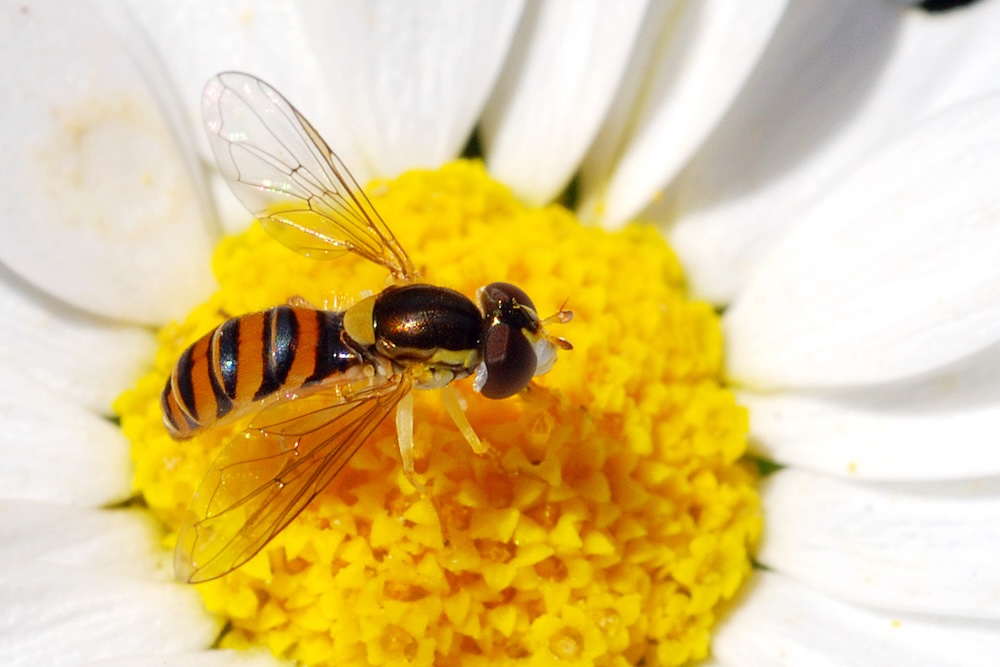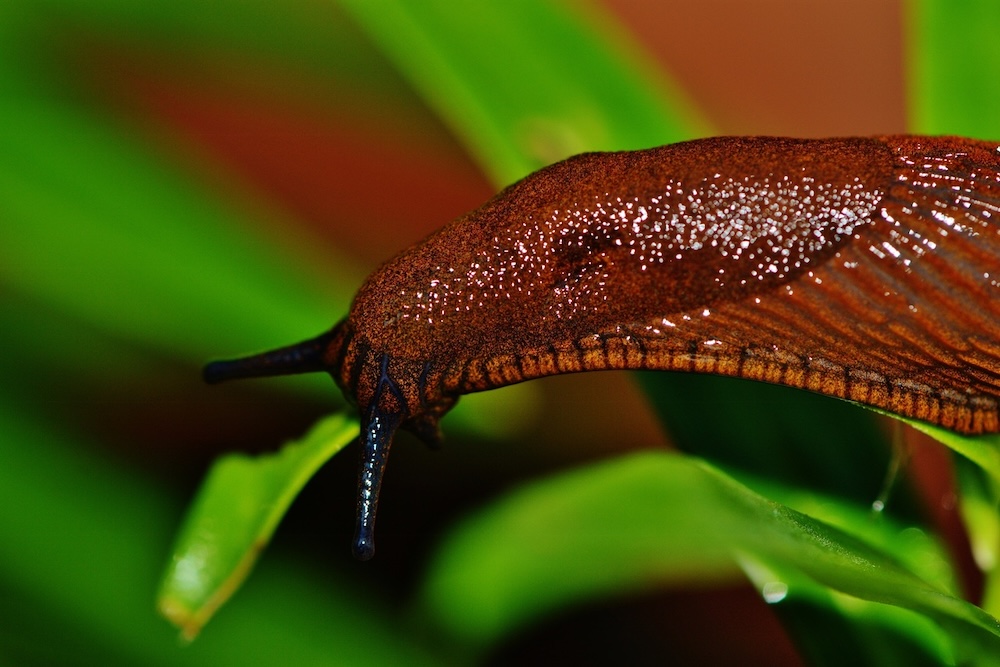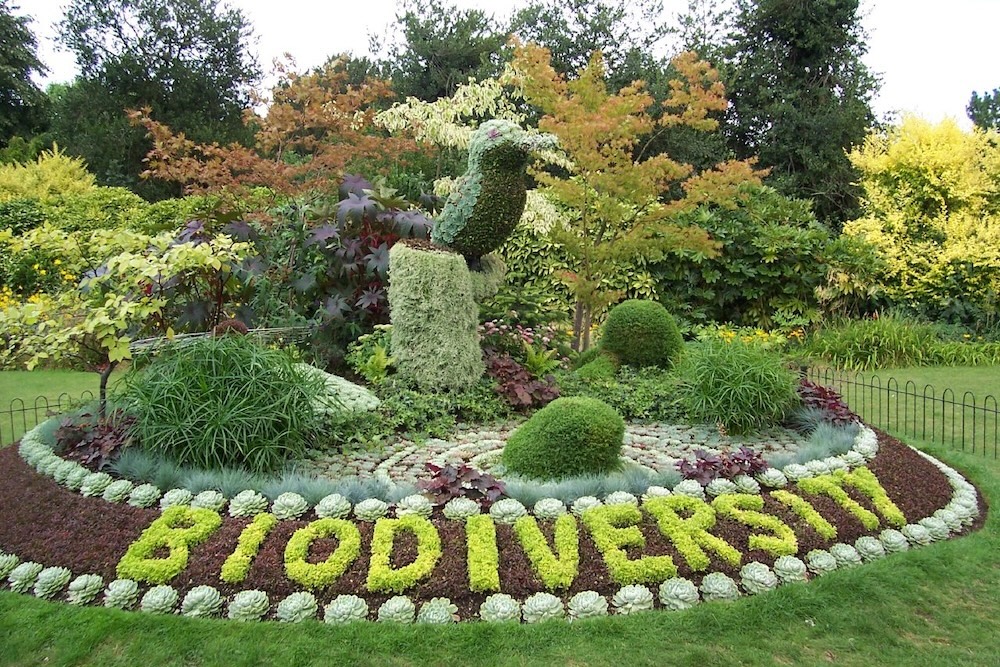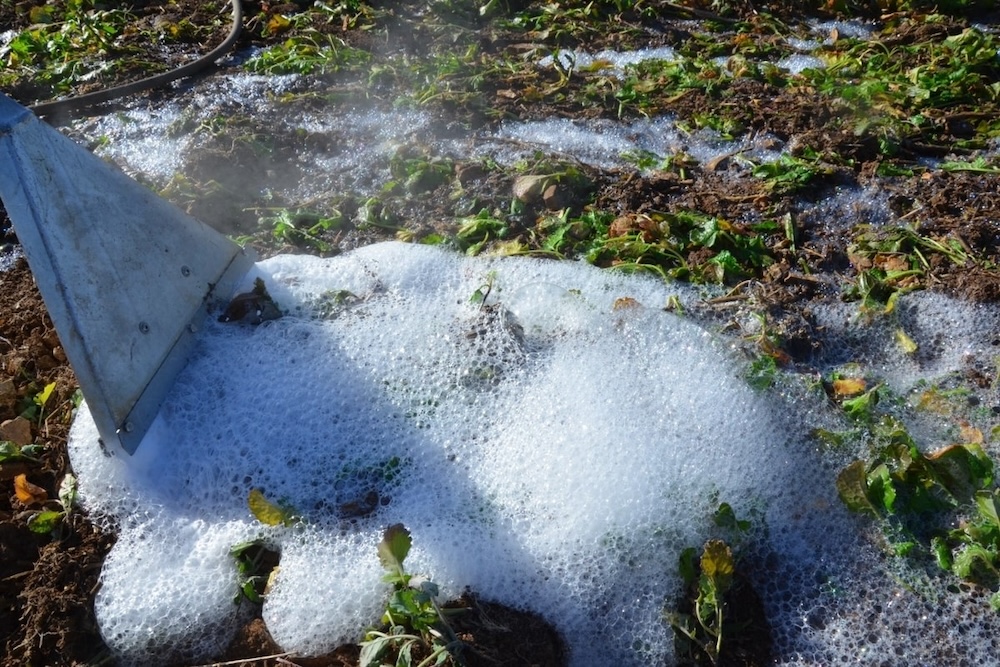These creatures are known to cause significant damage to a variety of plants, turning a once vibrant garden into a landscape of half-eaten leaves and stems.
Hoverflies: A Gardener’s Best Friend
Hoverflies, often mistaken for bees or wasps due to their similar appearance, are an essential part of our Australian ecosystem. These insects provide critical services such as pollination and pest control, making them invaluable to gardeners and landscape architects alike.
This article aims to shed light on these beneficial insects and provide practical guidance on how you can encourage hoverflies in your garden or landscape.

Understanding Hoverflies
What Are Hoverflies?
Hoverflies, also known as flower flies or syrphid flies, belong to the insect family Syrphidae within the Diptera order. This makes them true flies. With over 6,000 species worldwide, they’re recognised by their distinctive hovering flight pattern and bee-like appearance.
They’re one of the only insects that are able to hover in the air and fly backwards, similar to their very distant relatives, dragonflies. Other types of flies aren’t able to do this. These insects play a dual role in our gardens. Adult hoverflies feed on nectar and pollen, contributing to pollination. At the same time, their larvae are voracious eaters of garden pests, notably aphids, making them a natural form of pest control.
The Importance of Hoverflies in the Ecosystem
Hoverflies contribute significantly to maintaining a balanced ecosystem. Their pollination services help plants reproduce, leading to healthier and more diverse plant communities. As well as this, by controlling soft-bodied pest like aphids and scale, hoverflies prevent excess damage to plants and disease spread.
Benefits of Hoverflies in Gardening
Natural Pest Control
One of the most significant advantages of having hoverflies in your garden is their appetite for aphids. A single hoverfly larva can consume hundreds of these pests in its lifetime, making them a natural and efficient pest control solution.
Females will use their ability to hover and fly backwards to lay eggs on a pest insect. This which will hatch and the larvae will eat their first meal inside of the pest, leaving a “mummy” of the pest behind. Nature is metal, as they say.
Pollination Powerhouses
In addition to controlling pests, hoverflies also contribute to pollination. As adults move from flower to flower, feeding on nectar, they inadvertently transfer pollen, facilitating plant reproduction. This leads to more fruit and seed production in plants.
How to Encourage Hoverflies
Planting the Right Flora
Certain plants are known to attract hoverflies. Lilly pillies, callistemons, fan flowers and westringias are all native plants that they love. Plant these species in clusters rather than as single specimens to provide a more attractive habitat for hoverflies.
Providing Suitable Habitats
Hoverflies need suitable habitats to thrive. Consider creating dense patches of flowering plants in your garden, which can provide both food and nesting sites for these insects. Allow small populations of soft-bodied bugs to feed on your plants to support their larvae.
And leave a small dish of water out which you replace regularly to avoid mosquito larvae. Additionally, leaving some dead wood in trees can provide adults with nesting sites.
Avoiding Harmful Pesticides
Pesticides can have a detrimental effect on hoverfly populations. Opt for eco-friendly alternatives where possible, and consider embracing organic gardening practices. By doing so, you’ll be creating a safer environment for hoverflies, helping to ensure their survival and continued contribution to your garden’s ecosystem.
Daniel’s Wrap
Hoverflies’ dual role as pollinators and natural pest controllers makes them invaluable allies for gardeners and landscapers. Remember, every small step counts. Together, let’s create landscapes that support and celebrate the vital work of beneficial insects like hoverflies.
Your efforts will contribute significantly to promoting biodiversity and maintaining the delicate balance of our shared ecosystems.




This Post Has 0 Comments